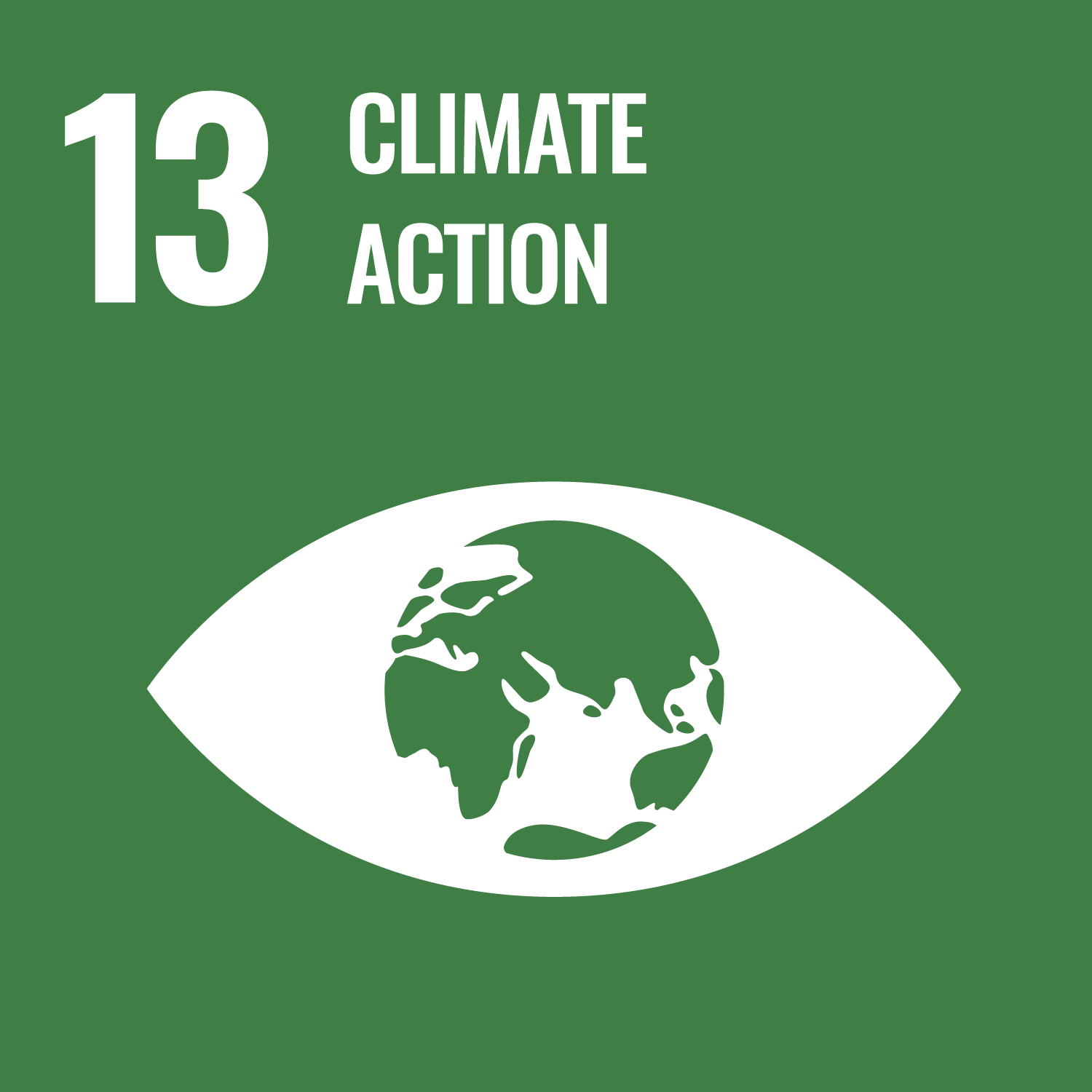
There is a more recent version of this eprint available. Click here to view it.
Cartelle, V., Barlow, N.L.M. orcid.org/0000-0002-2713-2543, Hodgson, D.M. orcid.org/0000-0003-3711-635X et al. (4 more authors) (2021) Sedimentary architecture and landforms of the Late Saalian (MIS 6) ice sheet margin, offshore the Netherlands. [Preprint - Earth Surface Dynamics Discussions]
Abstract
Reconstructing the growth and decay of palaeo-ice sheets is critical to understanding the relationships between global climate and sea-level change, and to testing numerical ice sheet models. In this study, we integrate recently acquired high-resolution 2D-seismic reflection and borehole datasets from two windfarm sites offshore the Netherlands to investigate the sedimentary, geomorphological and glaciotectonic records left by the Saalian Drenthe substage glaciation, when Scandinavian land ice reached its southernmost extent in the southern North Sea (ca. 160 ka, Marine Isotope Stage 6). A complex assemblage of glaciogenic sediments and glaciotectonic structures are buried in the shallow subsurface. The northern windfarm site revealed a set of NE-SW oriented subglacial meltwater channels filled with till and glaciofluvial sediments and an E-W trending composite ridge with local evidence of intense glaciotectonic deformation that denotes the maximum limit reached by the ice. Based on the identified glacial geomorphology, we refine the mapping of the maximum ice-sheet extent offshore the Netherlands, revealing that the ice margin morphology is more complex than previously envisaged, displaying a lobate shape. Ice retreat left an unusual paraglacial landscape characterised by the progressive infilling of topographic depressions carved during the ice advance and a diffuse drainage network of outwash channels. The net direction of outwash was to the west and southwest into a nearby glacial basin. Antecedent topography influenced subglacial bed conditions, and their impact on ice dynamics during the glaciation and deglaciation stages. We demonstrate the utility of offshore windfarm data in refining palaeo ice margin limits, and the record of processes interactions preserved in buried landscapes to help inform longer-term drivers of change at low relief ice margins.
Metadata
| Item Type: | Preprint |
|---|---|
| Authors/Creators: |
|
| Copyright, Publisher and Additional Information: | © Author(s) 2021. CC BY 4.0 License. |
| Dates: |
|
| Institution: | The University of Leeds |
| Academic Units: | The University of Leeds > Faculty of Environment (Leeds) > School of Earth and Environment (Leeds) > Institute for Applied Geosciences (IAG) (Leeds) The University of Leeds > Faculty of Environment (Leeds) > School of Earth and Environment (Leeds) > Earth Surface Science Institute (ESSI) (Leeds) |
| Funding Information: | Funder Grant number EU - European Union 802281 |
| Depositing User: | Symplectic Publications |
| Date Deposited: | 13 Sep 2024 10:46 |
| Last Modified: | 13 Sep 2024 10:46 |
| Identification Number: | 10.5194/esurf-2021-47 |
| Sustainable Development Goals: | |
| Open Archives Initiative ID (OAI ID): | oai:eprints.whiterose.ac.uk:217020 |
Available Versions of this Item
- Sedimentary architecture and landforms of the Late Saalian (MIS 6) ice sheet margin, offshore the Netherlands. (deposited 13 Sep 2024 10:46) [Currently Displayed]


 CORE (COnnecting REpositories)
CORE (COnnecting REpositories) CORE (COnnecting REpositories)
CORE (COnnecting REpositories)